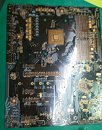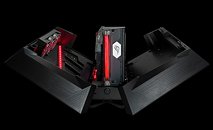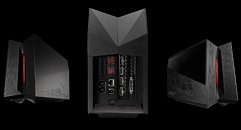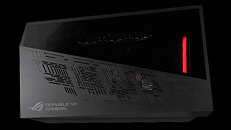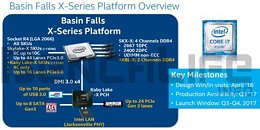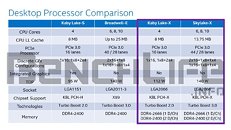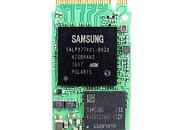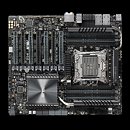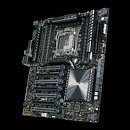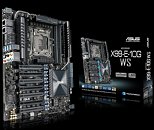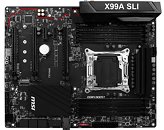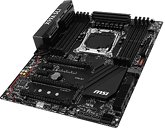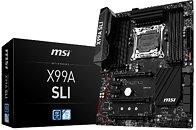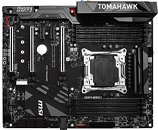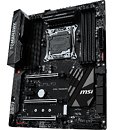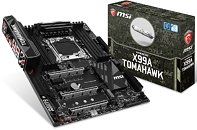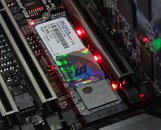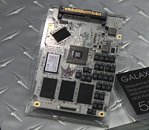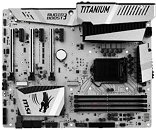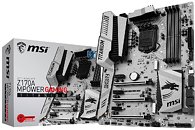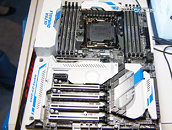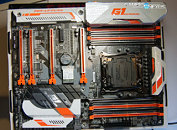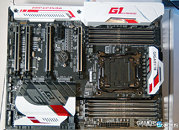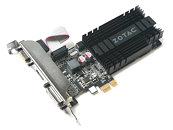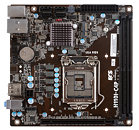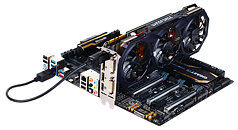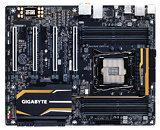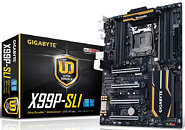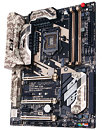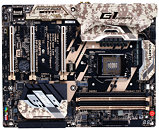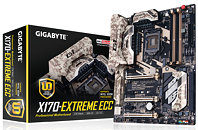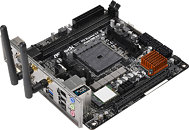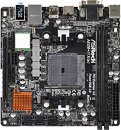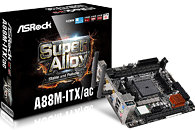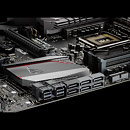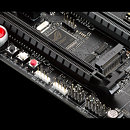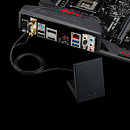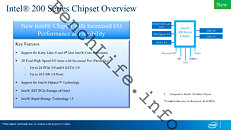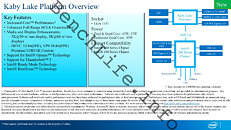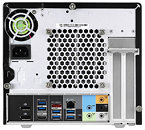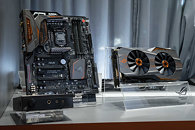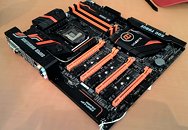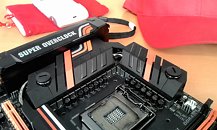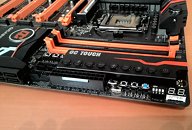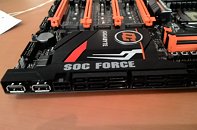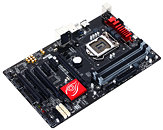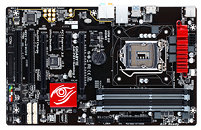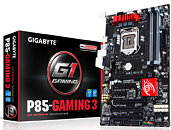
GIGABYTE AX370-Gaming K3 Socket AM4 Motherboard PCB Pictured
The picture of a bare PCB of an upcoming GIGABYTE AX370-Gaming series socket AM4 motherboard is doing rounds on the web. The picture reveals the bare PCB of the motherboard with all its traces and printed markings, but at a stage before surface-mount components can be soldered onto it. One can still make out quite a bit about the board. AMD X370 is the company's upcoming high-end desktop chipset, which will be launched alongside the company's Ryzen 8-core processor, some time in February, 2017.
To begin with, the AX370-Gaming K3 is built in the ATX form-factor. Its AM4 socket supports both Ryzen "Summit Ridge" CPUs and 7th generation A-series "Bristol Ridge" APUs. The board draws power from 24-pin ATX and 8-pin EPS power connectors, and conditions it for the CPU with a 7-phase VRM. The AM4 socket is wired to four DDR4 DIMM slots. Expansion slots include one PCI-Express 3.0 x16, a second gen 3.0 x16 slot that's electrical x4, and three other gen 3.0 x1 slots. Storage connectivity appears to include at least eight SATA 6 Gb/s ports, and one 32 Gb/s M.2 slot. 8-channel HD audio, gigabit Ethernet, USB 3.1 (including type-C) ports, appear to make for the rest of the connectivity. GIGABYTE's signature Dual-UEFI is featured.Many Thanks to TheLostSwede and Tomas H. for the tips!
To begin with, the AX370-Gaming K3 is built in the ATX form-factor. Its AM4 socket supports both Ryzen "Summit Ridge" CPUs and 7th generation A-series "Bristol Ridge" APUs. The board draws power from 24-pin ATX and 8-pin EPS power connectors, and conditions it for the CPU with a 7-phase VRM. The AM4 socket is wired to four DDR4 DIMM slots. Expansion slots include one PCI-Express 3.0 x16, a second gen 3.0 x16 slot that's electrical x4, and three other gen 3.0 x1 slots. Storage connectivity appears to include at least eight SATA 6 Gb/s ports, and one 32 Gb/s M.2 slot. 8-channel HD audio, gigabit Ethernet, USB 3.1 (including type-C) ports, appear to make for the rest of the connectivity. GIGABYTE's signature Dual-UEFI is featured.Many Thanks to TheLostSwede and Tomas H. for the tips!
